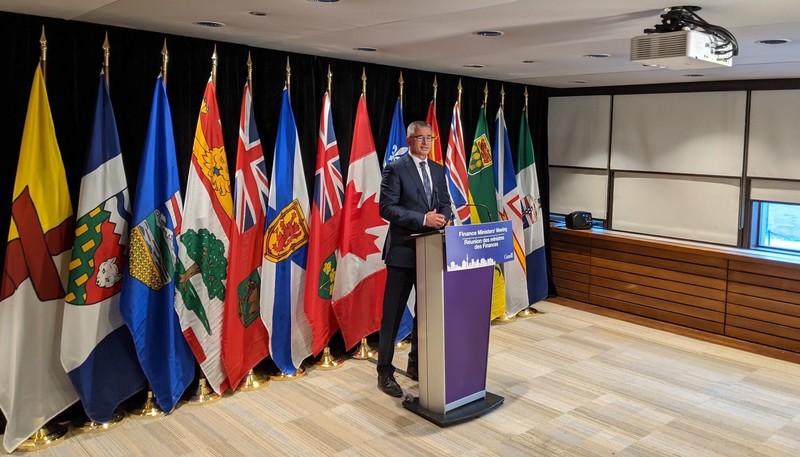Alberta and BC unveiled their 2023 #spendinggoals last night, kicking off the provincial budget season. If you weren’t reading along with popcorn in hand, here’s the lowdown.
But first, why it matters: Budgets outline the financial health and spending priorities of a province, which impact things like debt accumulation, investments into public programs (think healthcare, education, and social services), and commitments toward infrastructure.
-
Flashy public investments are also a way to stand out in a tight labour market. Per Indeed, Ontario residents are increasingly looking elsewhere for job opportunities.
- Alberta might be shamelessly trying to lure people from other provinces with subway adverts, but all provinces are going head-to-head in the fight for skilled workers.
Alberta, the rich uncle of all provinces, saw a record-breaking revenue haul thanks to high oil and gas royalties. The province expects to post a $2.4 billion surplus in the next fiscal year, but has unveiled new rules to help control spending amid volatile energy prices.
-
A fall in oil prices or rise in government spending could significantly erode the province’s strong fiscal position, Desjardins’ Marc Desormeaux told The Peak.
- The province will also try to woo voters ahead of an upcoming election in May by announcing major investments in its healthcare and education systems.
In BC, economists are projecting growth to slow as the province faces a decline in its major sources of revenue, like natural resources and forestry. BC will also rack up a $4.2 billion deficit this year to bring its healthcare, education, and housing spending to record highs.
What’s next: This month, the eight remaining provinces and Yukon (Nunavut and the Northwest Territoires unveiled their budgets in February) will also announce their budgets.
